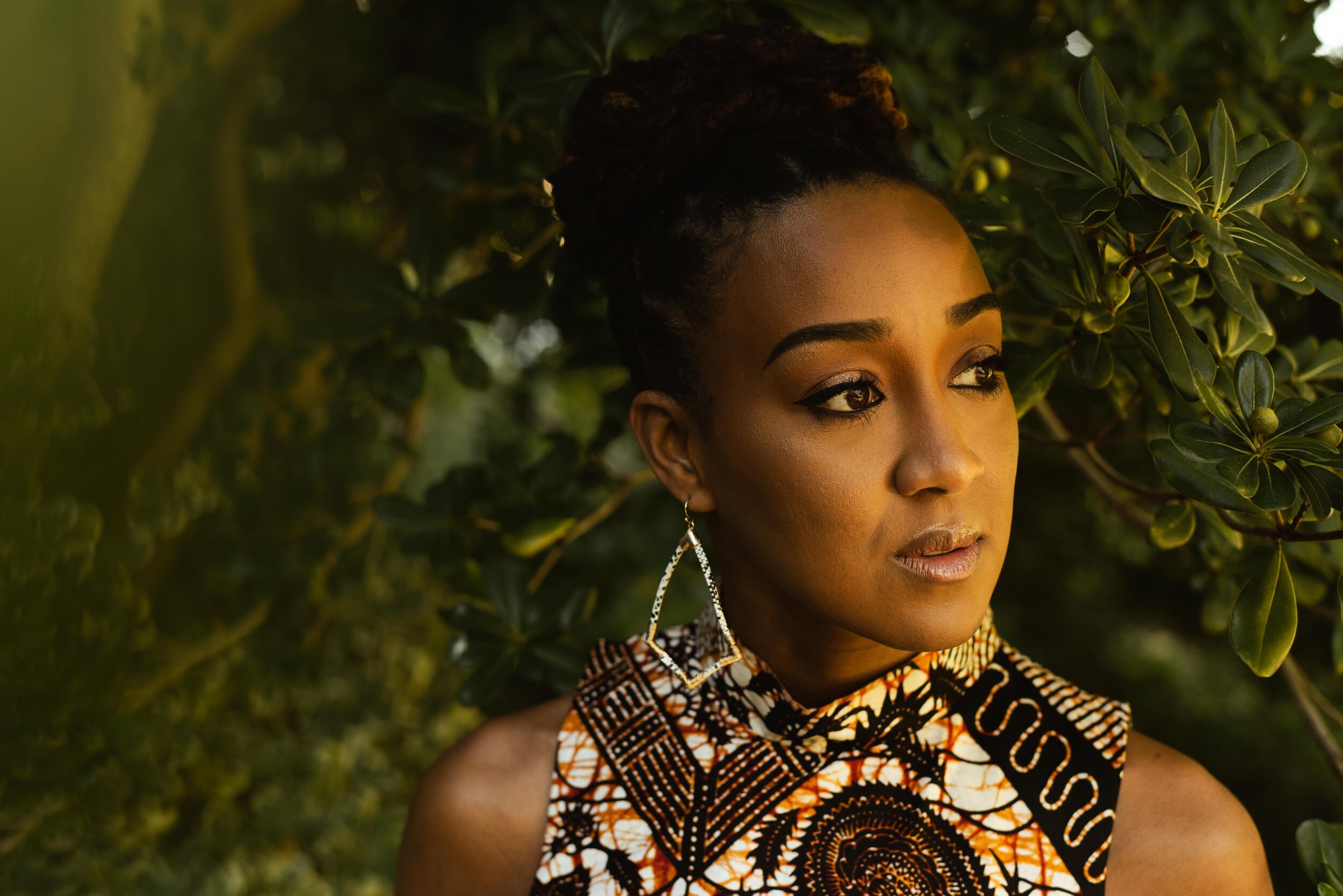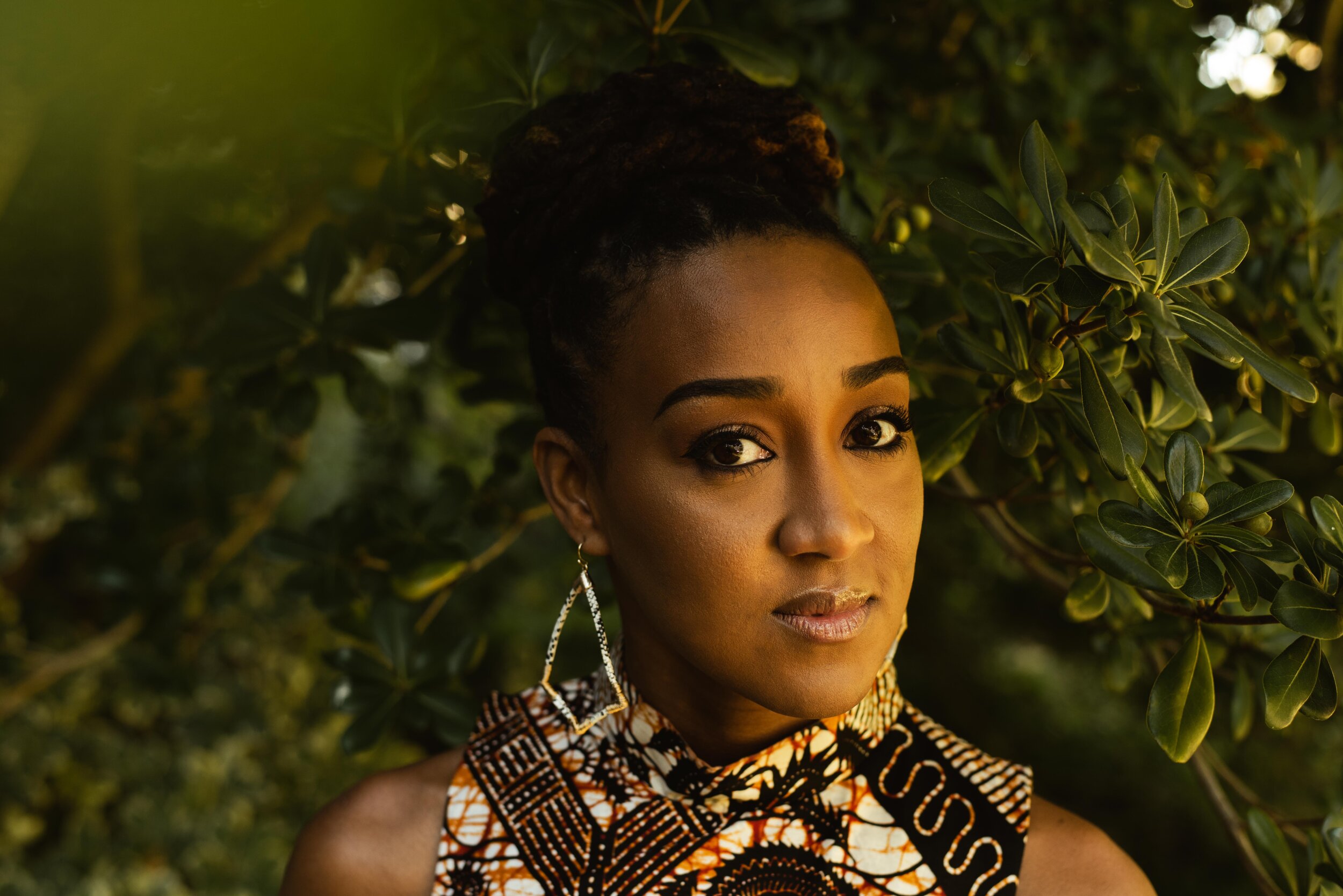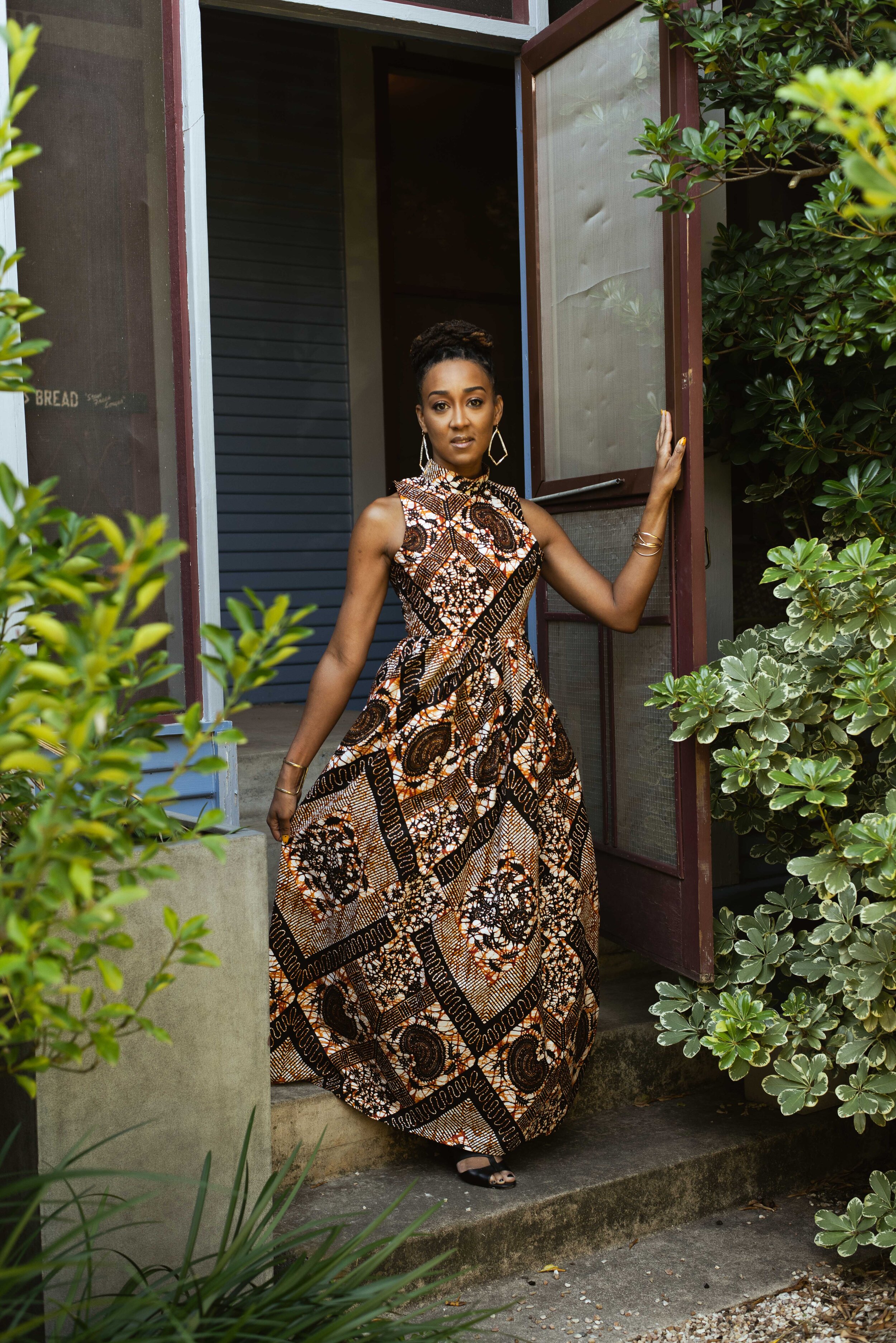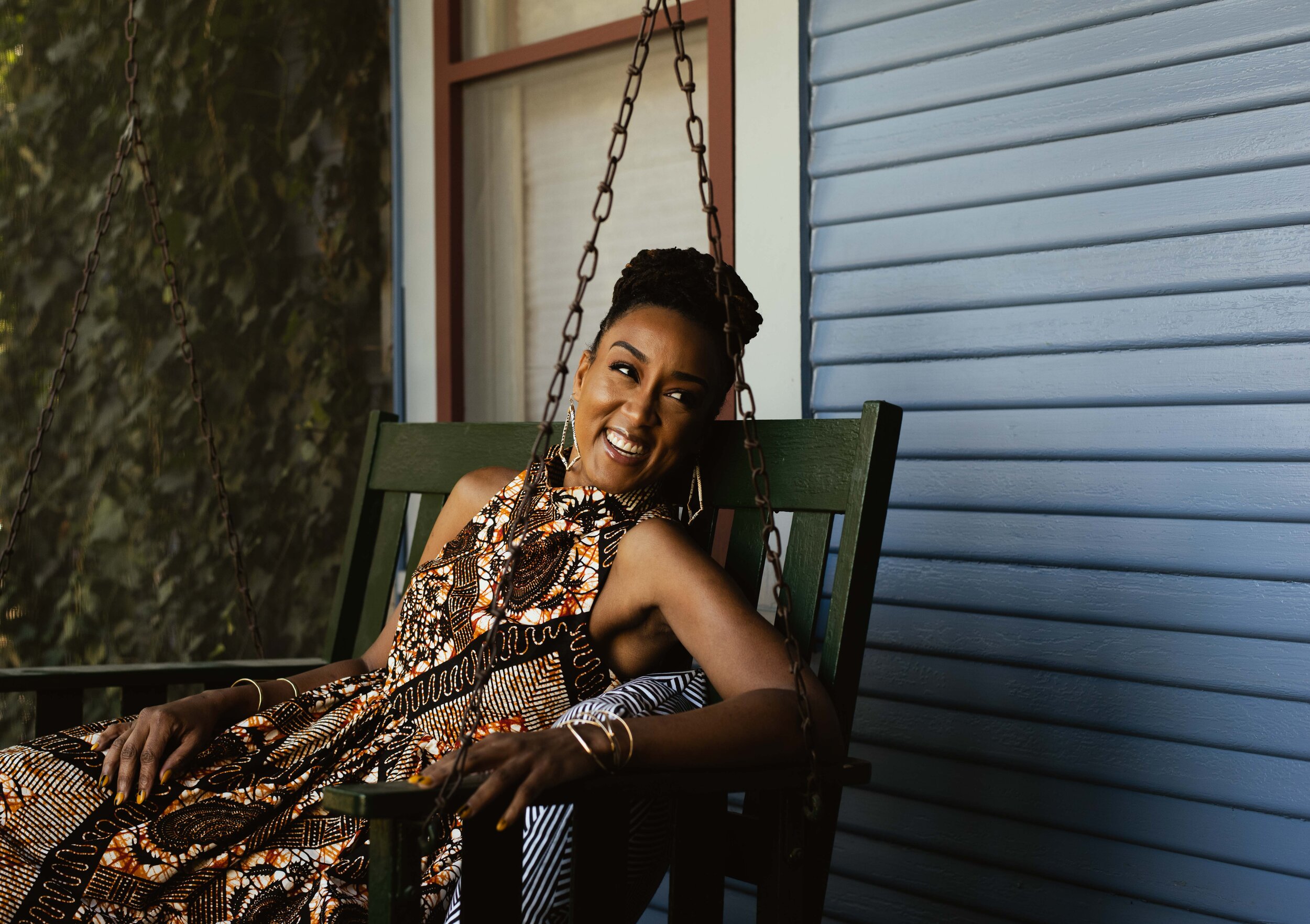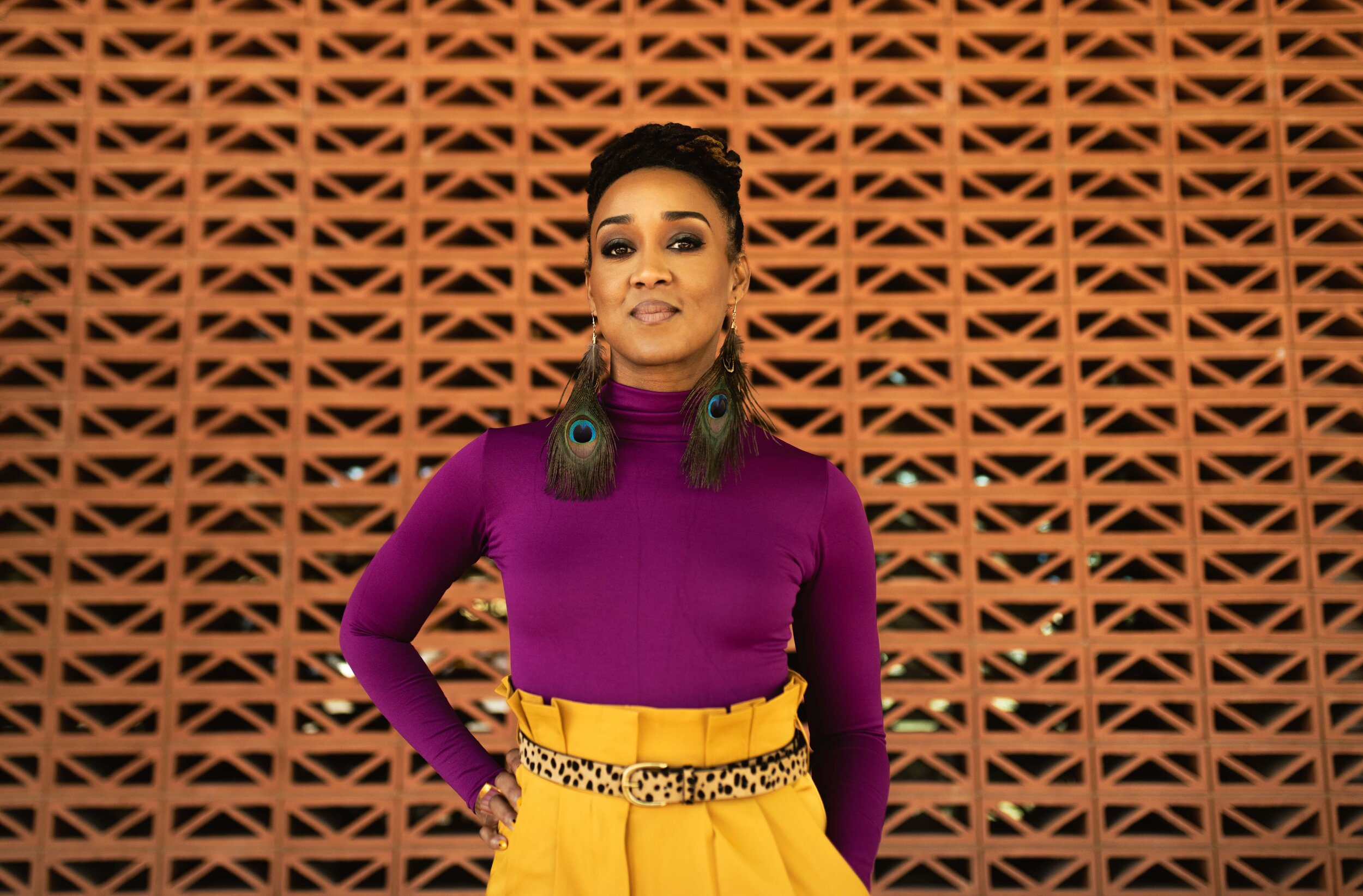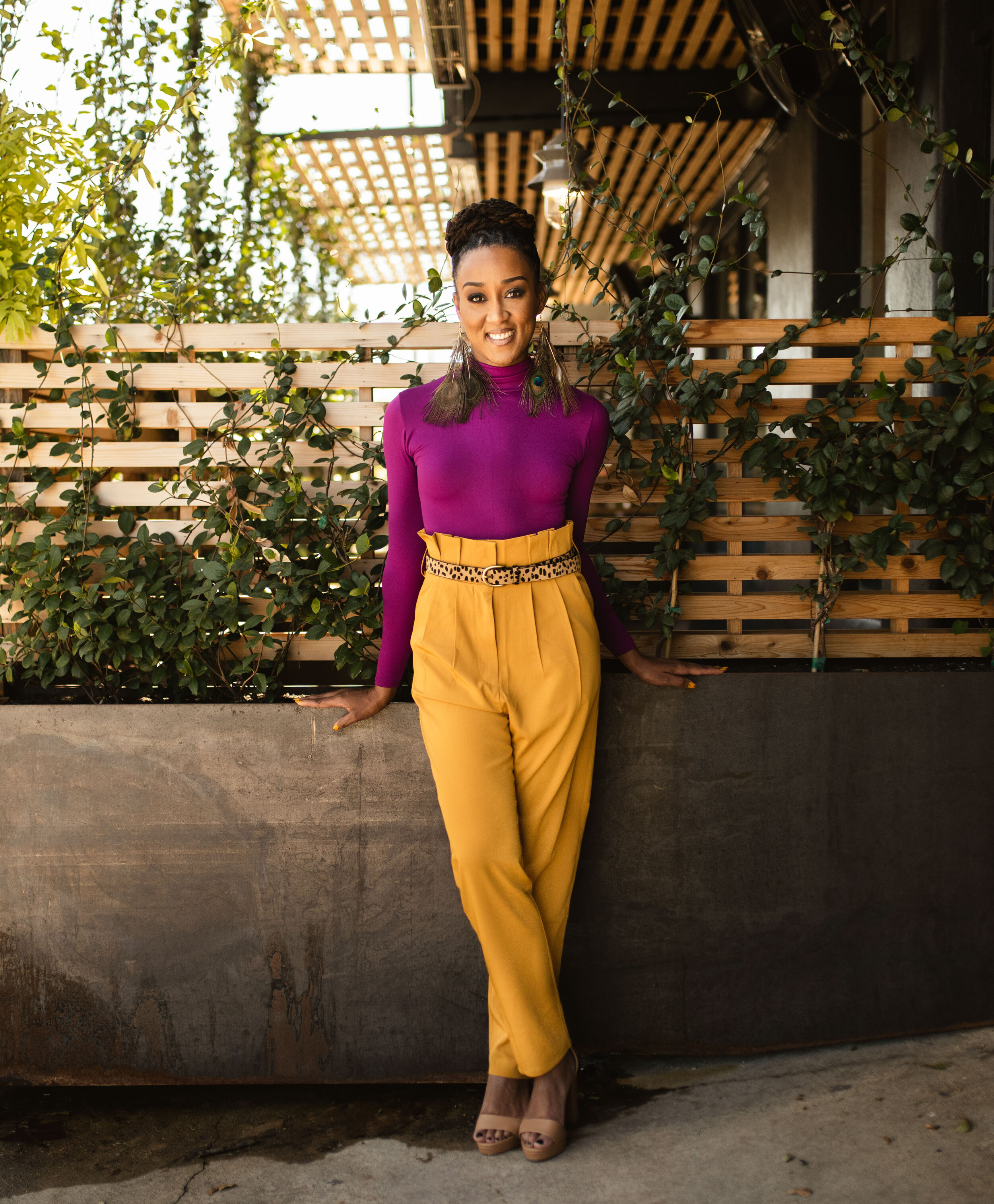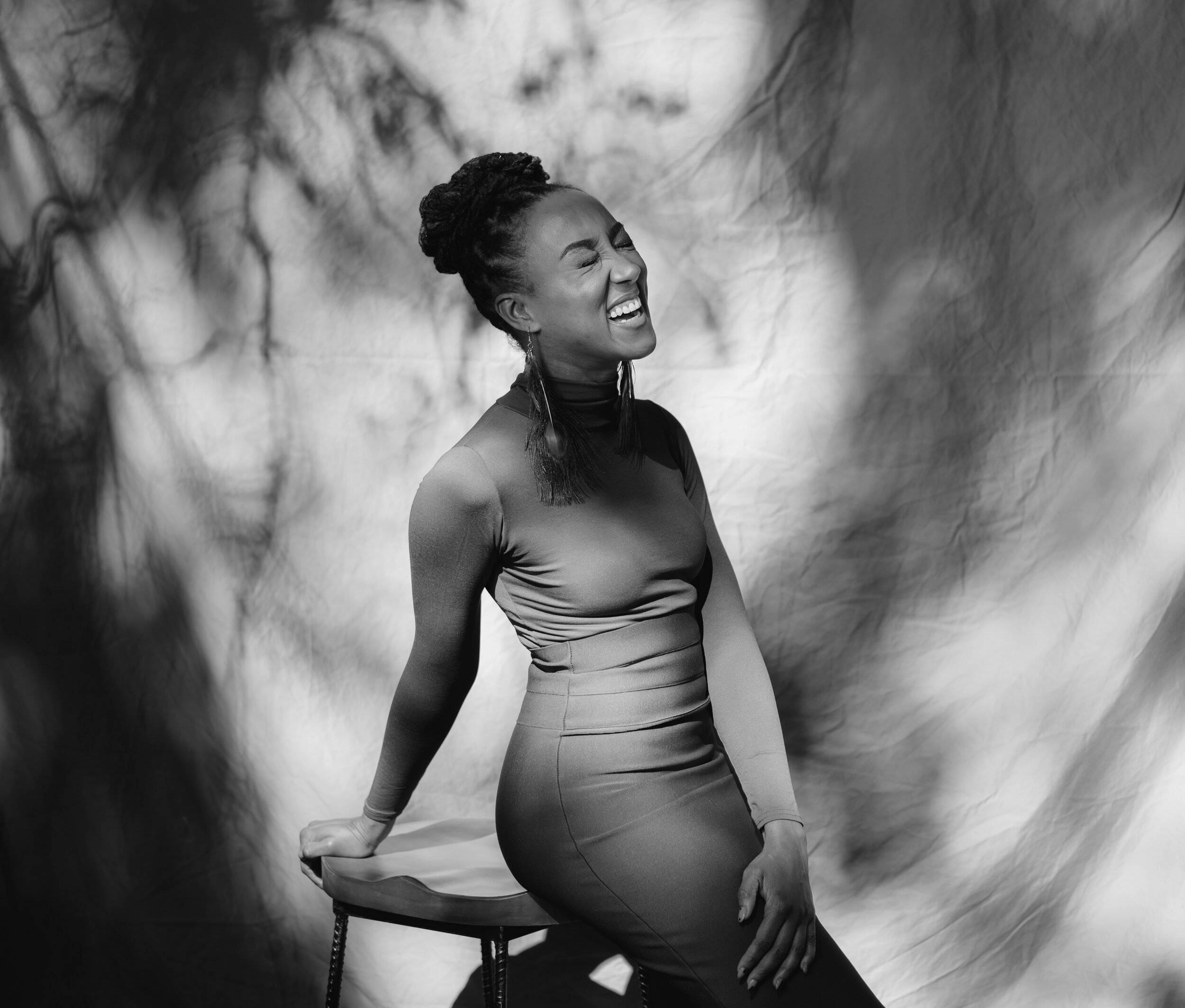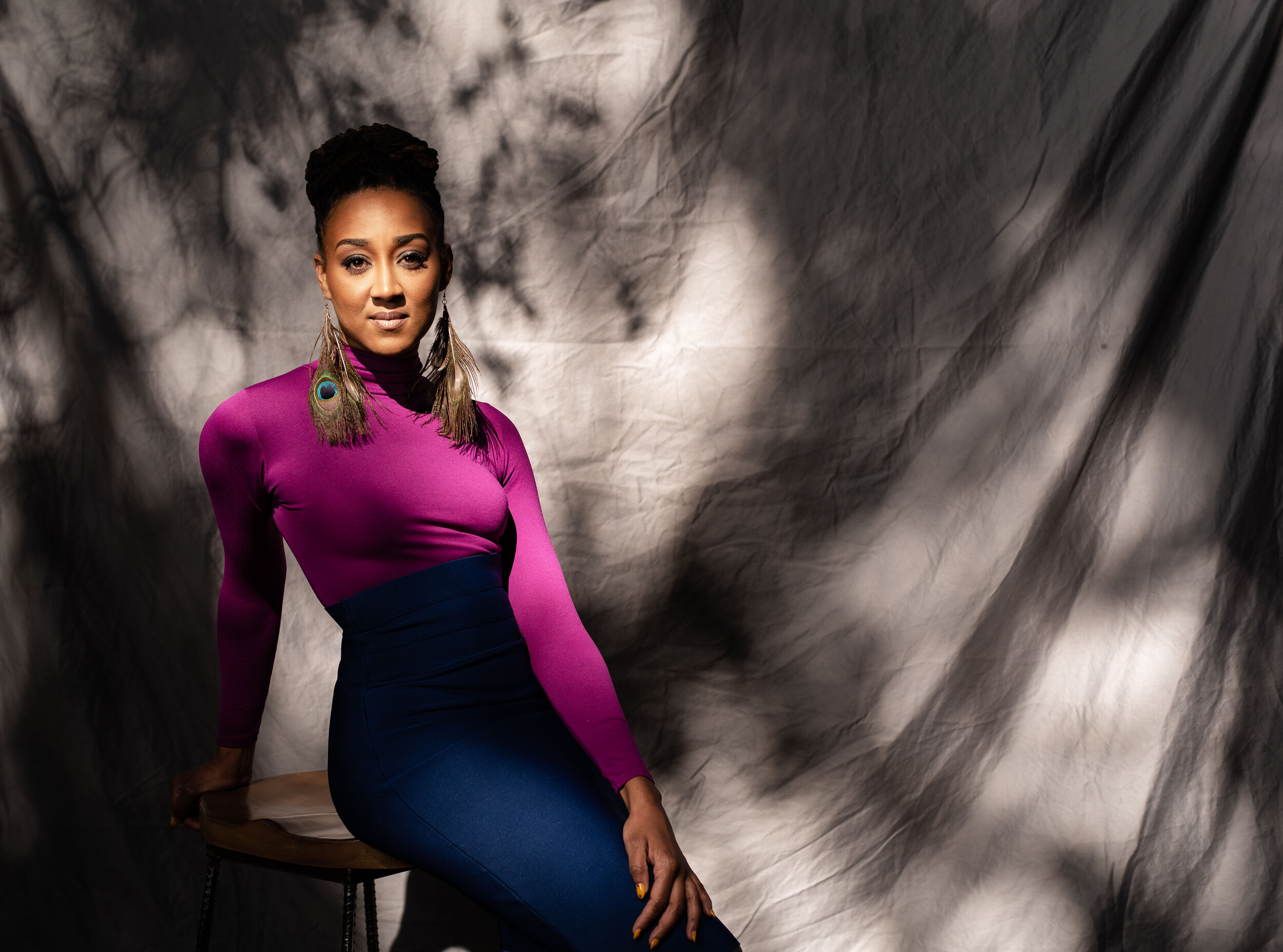Divorce: Where to Begin to Avoid Financial Pitfalls
Four years ago today, I embarked on a journey toward my independence without a roadmap or a clue how life would look on the other side. I partnered at the age of 18 and moved in two weeks after my 19th birthday. I would stay until it was clear I had outgrown the unspoken contract I signed up for 17 years earlier.
Divorce was not my intent. I honestly could not even say the word for at least a month after I filed. Initially, separation was my ask. I quickly learned that I would have benefitted from not saying either word—separation or divorce—aloud until I had a clear exit strategy with retained legal counsel. I learned quite a few other things in my experience of filing for a divorce that I will share here to hopefully spare smart women from making common mistakes.
First, consider legal counsel as insurance and not an immediate scorched earth approach. Treat the partnership with your divorce attorney as you would one with a therapist. It is someone who has seen many scenarios play out over time. It is beneficial to have professional insights whether or not you believe the end of your marriage will be amicable or not. Because the truth is that you will not be clear about the character of the person you married until you attempt to leave them.
Once my divorce was finalized, a wise older woman in my community told me: “If you want to know the person you married, divorce them and find out.”
Most importantly—if you decide to read nothing else—if you are a woman leaving a man, HIRE A WOMAN ATTORNEY. I didn’t, and here’s the deal. If you’re leaving someone you were convinced was your life partner and it turns out they are not that for you, your picker is likely off. Your male attorney may approach your relationship as though you are his partner deciding to leave him. There is a possibility that if you choose a male attorney, your experience may be similar to Charlotte’s on Sex in the City, Season 5, Episode 6. Charlotte’s attorney did nothing of note to advocate on her behalf. But thankfully Charlotte learned in the end that she married a giver who granted her the one thing she asked for—a place to live.
It doesn’t always turn out that way. Did you know that funds can legally be transferred or cleared out of accounts before retaining legal counsel? If you share passwords for financial accounts—which I highly do not recommend, beyond one shared checking account dedicated to paying shared bills—legally, money can be transferred from or cleared out of shared accounts. The act is considered mutually consented. Search the phrase “divorce clearing out accounts” for more information.
This is important data to keep in mind in the case you receive a life insurance payout. Say for instance one of your parents dies. If your partner believes they are entitled to these funds for any reason and convinces you to transfer the funds into a shared account, it becomes community money. Your soon to be former partner can quickly purchase large ticket items like a car—or anything really—with the commingled funds, again, before you retain legal representation.
What is not considered as community money is travel points. If travel planning is your marital responsibility and you share credit cards, associated with points, that are primarily in your name, I recommend immediately removing your partner from those cards. Once this is done, you are legally allowed to exclusively retain the points.
It would also be wise to remove yourself as an authorized user from shared credit cards. This is not as simple if you are joint account holders. In that case, closing accounts is likely best; however, this is another area that would benefit from legal counsel to remove yourself in a way that does not lead to lasting damages.
If your divorce is not amicable, untangling finances can be an extremely emotional and unsettling experience. Most of the women I know who have taken the action to leave their partners, decide to leave with zero assets—independently or in mediation—guided by the north star mantra: This is the cost of freedom.
While on the topic of finances, I’ve consolidated some surprises I experienced and some experienced by friends who decided to pursue their own independence.
In hindsight, I have realized that often—not always—someone may seek a partner to be one or more of four things: a nurse or a purse; a (sole) cheerleader or a breeder.
To explore if you were unknowingly chosen for your ability to be a purse, I recommend checking a few things:
Life insurance policies. Is the amount of your policy multiple times larger than theirs? Take for example that your policy pays your partner $200,000 upon your death and theirs is set up to pay you $50,000 if they unexpectedly die.
Taxes. Have you withheld the max amount for the length of your partnership and your partner has withheld the least amount?
Business incorporation documents. Have you been paying annual taxes for a business you were never listed as a partner?
Mortgage Title. Are you listed as an owner for your primary or investment properties or have you trusted you were included on the documents only to learn assets were only listed in your partner’s name?
It may also be beneficial to hire a forensic accountant. Where there is smoke, there is likely fire in terms of financial indiscretion. Hiring a forensic accountant may identify secret accounts your partner might have kept during your marriage. Something like this can be easily missed if your partner opted for paperless updates or if there was a secret post office box.
This may be overwhelming. Hopefully you don’t have to deal with any of it, but it is prudent to be prepared.


